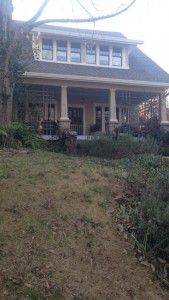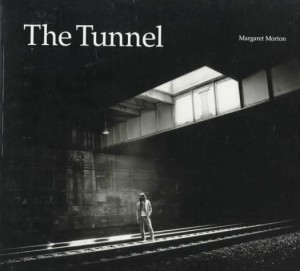What are the major projects? In a bulleted list, provide links to the project descriptions for each of them.
There are four major projects: Reading Summaries, Annotated Bibliography, Built Environment Descriptions, and Built Environment Analysis.
- http://spaceplacerhet.robinwharton.net/syllabus-course-info/#WeeklyOverview||Participation|0||Summaries|0
Above is the link to descriptions of all four projects.
Final grades will be calculated based off of the number of points a student earns during the semester.
What is the “submission form” and how do you use it? Embed the form below your answer (hint: Google “embed Google form” to find out how).
The submission form is used whenever a student wants to turn something in for points. The submission form can be found on Dr. Wharton’s webpage: http://spaceplacerhet.robinwharton.net/syllabus-course-info/#Grading
Embed the course calendar and weekly overview below this question.
Where on the course website can you find an overview of what’s due and the readings for each unit?
Go to http://spaceplacerhet.robinwharton.net/syllabus-course-info/#Overview and scroll down to where it says Course Overview
What is the best way to see an overview of what’s due each week?
Visit Dr. Wharton’s webpage (spaceplacerhet.robinwharton.net) and scroll down to where it says Weekly Overview and click on the link: https://docs.google.com/document/d/1-DxxL4XCRXxqoHtRyo3AwQMFWmw1QFoo_WzqEY0ginI/edit
This shows the layout of what is due each week.
What is the attendance policy?
Students will get points deducted for each absence from class (40 points for hybrid classes), including being late to class which results in a 20-40 point deduction for hybrid classes, and will also earn 40 points for each class they attend. Students are expected to follow the GSU code of conduct and attendance policy.
What are my office hours, and how do you make an appointment to see me outside of class?
Office hours are on Monday and Wednesday each week from 9:00am – 11:00am
To make an appointment outside of class, email is the best way to reach you. And meetings through Skype or Google Hangout are alternatives to meeting during regular office hours.
How do you earn participation credit? Provide a link to the instructions/guidelines for participation.
Syllabus & Course Info
How many points can you earn by participating in or organizing a study group session?
Up to 25 points
How can you be assured of earning an “A” in this course?
By completing all of the four projects and earning at least 2,500 points
What are the minimum requirements for earning a passing grade of “C”?
Students must earn a minimum of 1,475 points, complete all four class projects without going above and beyond, and miss only 4 class meetings in order to earn the grade of “C”.
What do you do if you’re not sure how to document your participation in order to earn points?
You can stop by during office hours and inquire about how to report your participation points.
What are the Unit 1 readings and which readings will you choose to summarize for Reading Summaries 1&2:
The Unit 1 readings are:
- SCHINDLER, SARAH. “Architectural Exclusion: Discrimination And Segregation Through Physical Design Of The Built Environment.” Yale Law Journal 124.6 (2015): 1934-2024, read parts I and II only, pp. 1934-1972. Academic Search Complete. Web. 20 Nov. 2015.
- NERSESSOVA, IRINA. “Tapestry Of Space: Domestic Architecture And Underground Communities In Margaret Morton’s Photography Of A Forgotten New York.” Disclosure 23 (2014): 26. Advanced Placement Source. Web. 20 Nov. 2015.
- MORTON, MARGARET. The Tunnel : The Underground Homeless Of New York City. n.p.: New Haven : Yale University Press, c1995., 1995. GEORGIA STATE UNIV’s Catalog. Web. 20 Nov. 2015. [*On reserve in the library. Ask for this call number at the circulation desk: HV 4506.N6 M67 1995. 2 hr limit. Take the quiz while you’re reading it! (D2L)]
I chose #2 and #3 to summarize for Reading Summaries 1&2.



